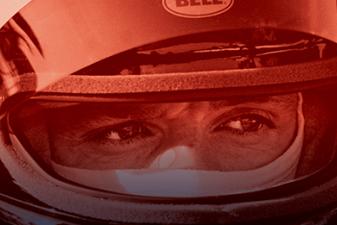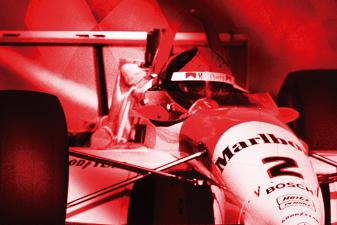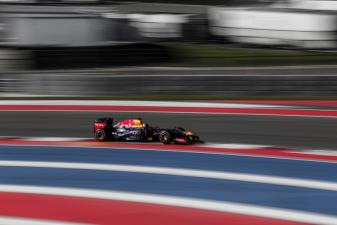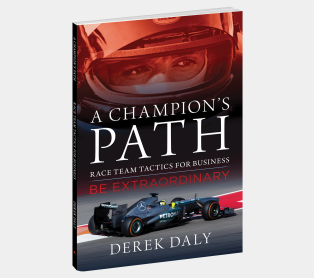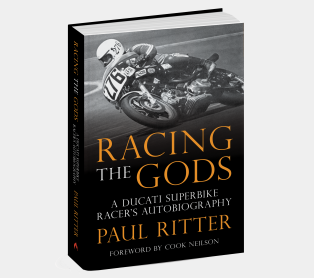Do You Think He Told Me the Truth?

When I competed for the first time at the Indy 500 in 1983, the fastest drivers could lap at an average speed of 200 miles per hour. They would drive for 2 1/2 miles down long straights and through four 90-degree corners every forty-five seconds. Tom Sneva officially broke through the 200-mile-per-hour barrier for the first time in history in 1997. Six years later, I could do an average lap speed of about 199 miles per hour, but I could never break through that magical barrier of 200 miles per hour.
I was told that as a European road racer, I didn’t understand the correct driving technique for a high-speed oval. People recommended that I walk down the pit lane to a veteran and ask him to explain the required technique. My target was a good friend of mine, a true legend of our sport, Mario Andretti. Mario was a Formula One World champion and also won the Indy 500, so he had been through all of this before.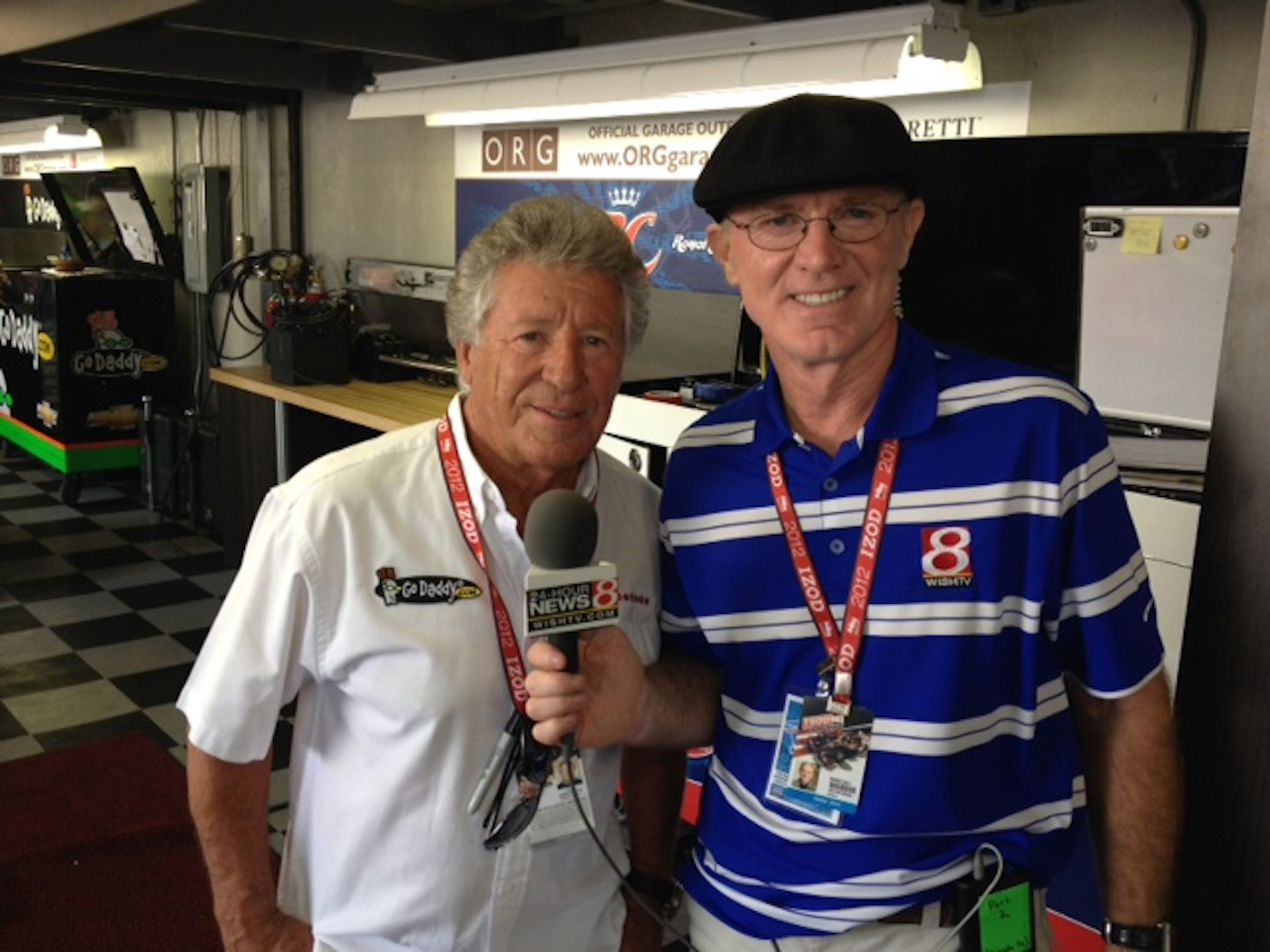
Mario and Derek many years after sharing advice on how to break through the 200-mile-per-hour barrier at Indy. Derek Daly Collection
My question was not really unusual. Rookies usually needed help from veterans at superspeedways.I listened intently for perhaps words of wisdom that I might be unfamiliar with. He said the required technique was actually very simple. When you are racing down the long front straight, he said tell your brain to tell your foot not to get off the gas pedal until after you’ve turned the steering wheel into the corner.
My first connection to his recommendation was virtual. I could visualize what was needed first. I could see it in my mind. It might have sounded easy, but it was definitely a mindset change for me.
I zipped up my fireproof suit, tightened my helmet strap, and got wedged into my car. As the seat belts were squeezed down, I could feel my heartbeat rise. There is a natural tension when a driver is strapped into a 200 mile-per-hour projectile when he is expected to flirt with its explosive performance capabilities, within an artificially walled environment.
As I fired up the 850-horsepower turbocharged engine and left my pit, Mario’s words of advice were in clear focus. An Indy car accelerates past 100 miles per hour in less than three seconds. My straight-line speed down the long front straight was about 212 miles per hour. The key to a high average lap speed is not to lose too much speed going through the corners. As usual, everything seemed noisy as the turbulent wind was whistling by.
As the first corner drew closer, I remembered exactly what he said. Things happen really fast at 212 miles per hour, but the closer to the corner I got, I began to think maybe I was not brave enough to do this. My foot was planted on the gas pedal. The car was still picking up speed and I was still questioning whether I was brave enough to do it. Right about the point of no return and with Mario’s words ringing in my head, a doubting thought suddenly flashed through my mind: Do you think he told me the truth?
It's always funny when I tell people this story, but it didn’t seem that funny at the time from inside the cockpit. Of course the buried question was: Was it safe for me to disengage emotionally from what I had believed to be true?
I backed off the power, slowed down quite a bit, caught my breath, and drove through the corner as I had in the past. I would have to try again.
Next time I forced myself to be a little braver. I went a little deeper into the corner, but I still didn’t feel brave enough, so I backed off again. The third attempt was better. I found it difficult to do what Mario said, but at least I was going to trust his advice and push it to my personal limit. I took a deep breath, grabbed the steering wheel tightly, tightened every muscle in my body, and entered Turn One with my foot flat on the power. I could feel my whole body tighten with tension as I drove deeper into the unknown. My hands tightened their grip on the steering wheel even more as I actually got to the point of no return. My corner entry speed was higher that I’d ever experienced before.
The pressure began to build in the steering wheel as the g-force loads increased, signifying that I now had the car in high-stress mode as I entered the corner. I didn’t lift off the power until after I’d turned the steering wheel into the corner—just like he told me. When I did back off as the corner tightened up, the car settled into a nice groove of grip and I felt safe. My body’s tension began to release into a more relaxed state. My entry speed was faster than I had ever gone before—over 212 miles per hour before I eased off the power a little. The car was good enough to stick to the road and I had just proven that I was brave enough to push to that limit.
I used the same new technique at the end of the long back straight into Turn Three, and when I flashed by the start-finish line, my speed was officially recorded at 201 miles per hour. I was thrilled. I had broken through the barrier by learning a new technique. Believe it or not, I never did another lap speed below 200 miles per hour the rest of the practice session.
Of course, I thought Mario shared his information to help me—and then I realized he didn’t. He shared his information and experience to help him, and everybody else who might be on the racetrack in close proximity to me (a rookie) and at such high speeds. Can you imagine a rookie, who did not know the key technique, at 212 miles per hour in an open-wheel racecar making unusual or unpredictable moves? It could be catastrophic.
I am about to share with you an EXTRAordinary secret. At the speed that I was going, I trusted my life to Mario and his information. And I wouldn’t hesitate to send young drivers for his council today, because I know I can trust him implicitly. And then I had the big moment of realization. I realized that trust is the very foundation of the EXTRAordinary teams of people who get to the victory podium on a more regular basis. Trust is never built faster than by willingly sharing what you know with the people around you to make them better. I like to call it tandem trust. The power of sharing is when your knowledge and information is shared with the people around you to help them, and how it then actually helps you too. The result of tandem trust is that the team around you gets stronger with an admirable, solid trust-based foundation.
Read the rest of Derek Daly's tips for success in A Champion's Path!


